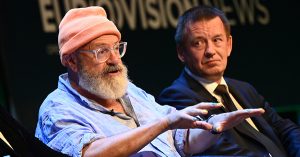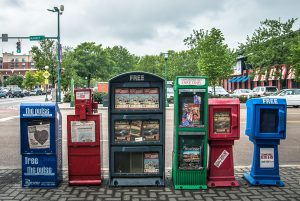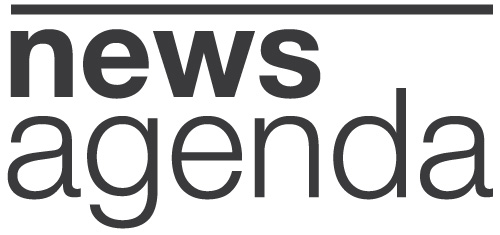Back in the 1920s, Arthur Burrows, First Secretary General of the International Broadcasting Union (later the EBU), was quoted as saying, “If nations could see what news for others was, and how others lived, it would engender peace and understanding.”
A century later, following the onset of the Covid-19 pandemic in March 2020, several public service media – all members of the European Broadcasting Union – came together to envisage how they could share impactful journalism via their online platforms. Firstly, we collaboratively imagined and developed a B2B digital hub where multimedia stories were collected and translated in real time. Then, in July 2021, several members started sharing translated pieces from each other’s countries in a project dubbed “A European Perspective”.
From the journalistic point of view, this innovation has been taking place at a unique moment in history – when our livelihoods and national economies are being convulsed by huge events and forces that are redefining the world as we know it: Covid-19; Russia’s war in Ukraine with its geopolitical and economic fallout; soaring energy prices; the end of the era of low interest rates; climate change (the greatest predictable risk for humankind); and the AI revolution that has been made tangible with the launch of ChatGPT.
So how can our audiences make sense of it all? How can media continue to hold those in power to account? How can public service journalism strengthen audience trust? The questions stack up, but one thing is clear – while keeping a close focus on local and national angles, today’s media must benefit from collaboration with other like-minded players in order to look for solutions and bring other perspectives. Only thus can they truly “engender peace and understanding.”
Much of today’s journalism is still a one-newsroom affair and the public service media remit remains anchored in national and local perspectives. But this model does not reflect the reality around us. In the modern, connected world, “collaboration is the new competition” as Alexandra Borchardt coined it in the EBU News Report on “What’s next?”. Through collaboration, we can not only broaden perspectives, but we can also contribute to sustainable media and to the development of new technology.


When I first mentioned the idea to a number of leading PSM editors-in-chief in Rome in 2019, it was a hard sell. It was hard to convince people of the value of displaying journalistic content that was branded with the logo of other public service media. However, since 1 July 2021, 18 participating organizations have exchanged over 20,000 news stories, garnering seven million reads and more than 350 million teaser impressions. These results will be further amplified as we have just introduced a feature that allows our partners to also share the content on social media.
So how does it work? High-quality, trusted journalism travels across borders, sometimes to several countries at once, and is simultaneously translated into numerous languages. The multimedia content (text and/or video and/or audio) is copyright-cleared by participating organizations which undertake to verify the automated translation for factual correctness. Publishing organizations are then ready to select their stories and translate them into as many languages as they want.
“A European Perspective unites like-minded media committed to serving the interests of our audiences by providing better access to high-quality, trustworthy content. It amplifies the message of the value of public service media and the EBU as an alliance that strengthens the democratic social and cultural role of public service media in the digital media age.” Monika Garbačiauskaitė-Budrienė, DG of LRT
“’Vu d’Europe’ is a great window on the world for RTBF. This project allows us to put forward quality content and to open our audience’s eyes to different realities and perceptions. Quality, openness and originality are, for us, the key values of this project.” Frédéric Gersdorff Deputy Director of Information, RTBF
Our collaboration spans journalism and technology which are already so tightly interconnected in today’s data-driven world. Thanks to an EU grant awarded by DG Connect, the team implementing “A European Perspective” has initiated the development of a Public Service Algorithm (PSA). The PSA draws on a systematic framework for scoring stories according to prioritised objectives. This system assists editors in their selection of content that reflects core public service values and embraces a constructive approach. It is based on the premise that content with high scores will enjoy stronger engagement with audiences as well as higher levels of trust. The technical building block of the PSA is rooted in the experience of Swedish Radio and the Constructive Institute from Denmark.
“Like the work we’ve done on our SR news algorithm, this work is crucial to define public service media’s identity and purpose in the digital age. Taking it to the pan-European level, and building on the experience of other partners, we distinguish our values in the global and digital market. “ Cilla Benkö, DG of Swedish Radio on PSA
Today, the relevance of public service organizations should be evident not only nationally but also across borders. We must amplify the value of the work carried out by 40,000 journalists and go beyond language barriers. This journey has only just begun.











